This is a monogynous (single-queen), claustral, polymorphic species with a variety of color shades. This ant species is relatively rare, native only to Taiwan. Their heads and thorax are red, their black abdomens have yellow stripes, but workers can vary in color and pattern. They establish small colonies, so even after several years, they won’t outgrow the formicarium. They have three worker castes (minor, media, major), and their workers are large, sturdy, strong, and resilient. In addition to their powerful mandibles, they defend themselves by spraying acid. These ants are aggressive, with strong bites, but they are not dangerous to humans (they cannot penetrate the human skin). They dig their nests in the ground, often under rocks or fallen trees in tropical forests, but they can temporarily tolerate drier environments. They become more active and develop faster in warm conditions, though they become passive if it gets too hot. Workers forage both on the ground and in the treetops. The queen’s expected lifespan can reach up to 10-15 years.
Feeding: Honey and insects.
Reproduction: The colony reproduces slowly at first. They raise 10-20 workers in the first year, but by the second year, they may reach a population of 100 workers. Like other Camponotus species, the colony is timid when there are few workers, but once they reach several hundred, they become bolder and aggressively defend their territory. A mature colony consists of only a few hundred workers.
Hibernation: This is a tropical species, so hibernation is not required.
| Difficulty | |
|---|---|
| Habitat | |
| Colonyform | |
| Colonysize | |
| Workers | |
| Worker size | |
| Feeding | |
| Humidity | |
| Wintering |
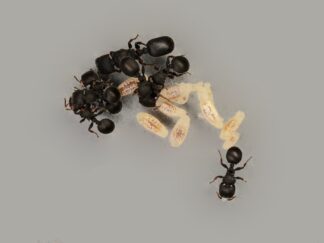
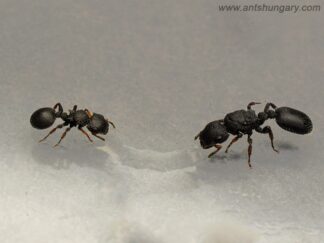
Out of stock
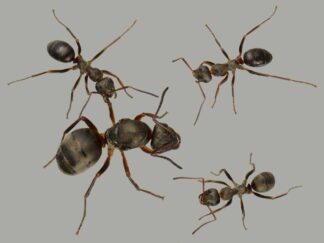
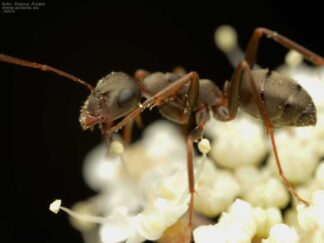
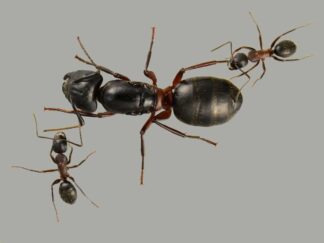

Out of stock
Reviews
There are no reviews yet.